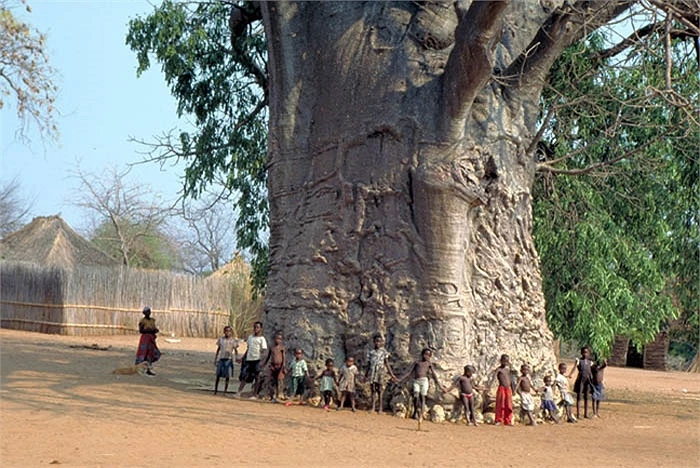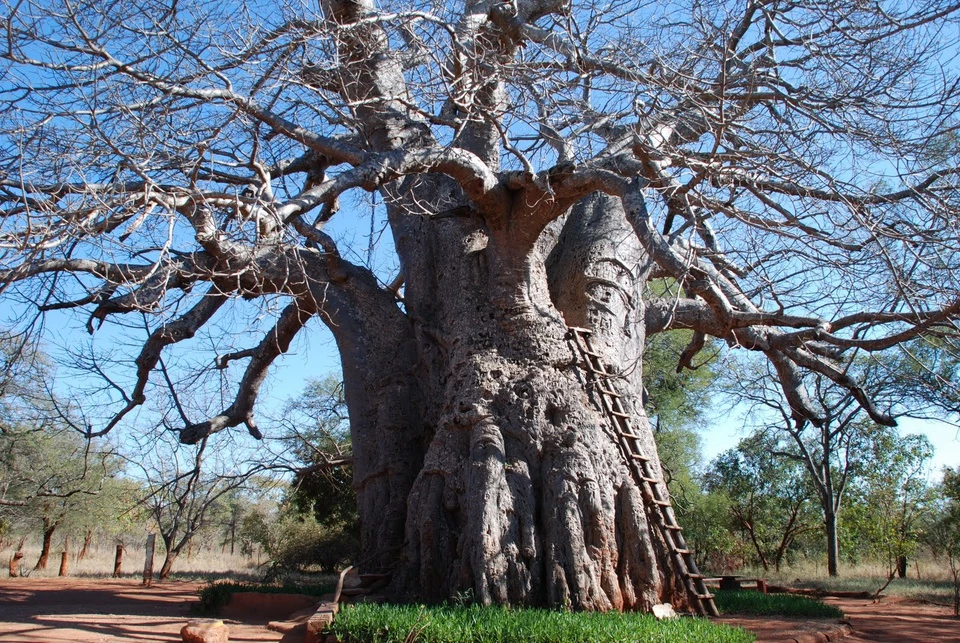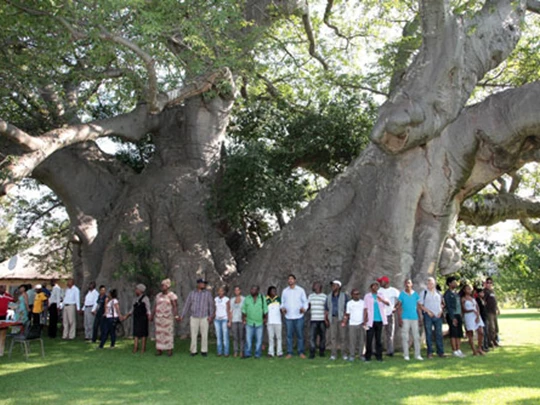While there isn’t a single “Tree of Life” that’s 2,000 years old, the phrase often refers to ancient trees with shocking secrets of longevity.
The idea of a single “Tree of Life” is a powerful and ancient metaphor, but in the real world, the secrets of longevity are found in a variety of remarkable ancient trees that have achieved staggering ages. These trees are not only biological marvels but also living testaments to the passage of time, holding within their wood the history of millennia.

The most famous example of an ancient non-clonal organism is the Great Basin bristlecone pine, with one individual, nicknamed “Methuselah,” estimated to be around 4,856 years old. Found in the harsh, high-altitude conditions of California’s White Mountains, these trees owe their incredible longevity to a unique survival strategy. They grow incredibly slowly, producing dense, resinous wood that is highly resistant to insects, fungi, and decay. The dry, cold climate also helps preserve the trees, preventing rot and protecting them from many of the environmental threats that would destroy a faster-growing tree. Their ability to go into a state of semi-dormancy and survive on just a small strip of living bark and tissue for centuries is a testament to their resilience.

For an even more incredible example of longevity, one must look at clonal colonies. The most famous is Pando, a vast colony of a single male quaking aspen in Utah’s Fishlake National Forest. While its individual “trees” (or stems) live for only about 130 years, the entire organism is connected by a single, massive root system that is estimated to be up to 80,000 years old. Pando is considered one of the oldest and heaviest living organisms on Earth. Its secret is not the longevity of a single trunk, but its ability to regenerate itself endlessly from the same root system. When one stem dies, the root system sends up a new, genetically identical one, allowing the “tree” to persist through vast stretches of time, making it a true living embodiment of an ancient “Tree of Life.”
